6 Ways to Boost Students’ Social Skills (A UDL Post)
April 18, 2017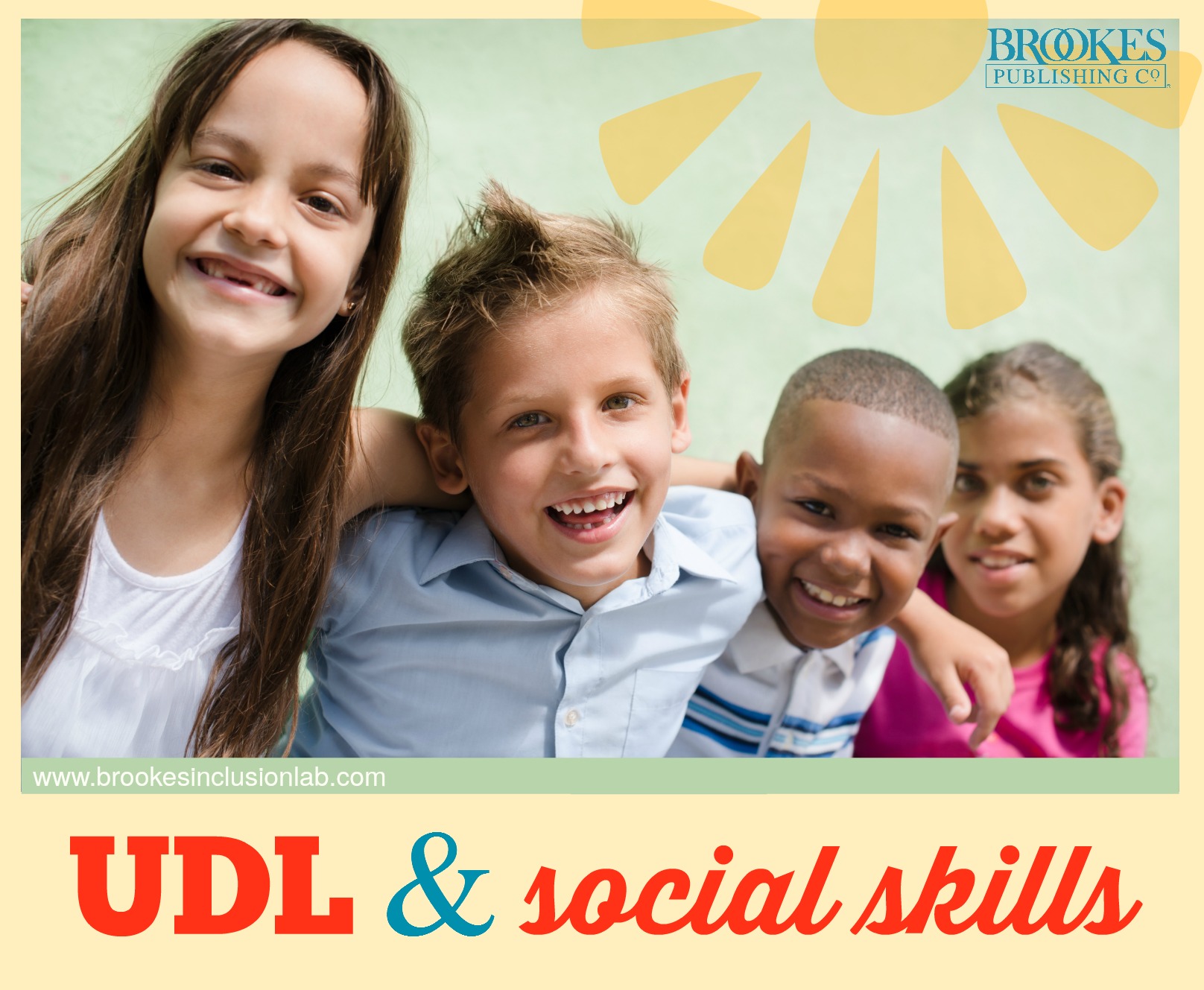
When you’re designing a curriculum based on universal design for learning (UDL), one key principle to follow is representing content in multiple ways. As UDL expert Whitney Rapp points out in her book Universal Design for Learning in Action:
On the other hand, if you present new content to your students in multiple creative ways, using different types of media, three amazing things happen:
- more students will be able to access and learn the content
- you’ll reinforce new information more effectively than ever
- your students will become expert learners—meaning they’ll know how to explore a wide range of ways to learn, and they’ll understand which strategies work best for them
When you hear the words “representing content in multiple ways,” the first thing that might come to mind is academic content. But this principle works equally well when you’re teaching social skills—and that’s what today’s post is all about. Read on for six innovative ways to boost student social skills, excerpted and adapted from Universal Design for Learning in Action. Add these to your toolbox to give students multiple ways to learn and practice essential skills: cooperation, turn-taking, working in groups, and more. (Bonus: some of these are good academic skill-boosters, too!)
Adapted board and card games
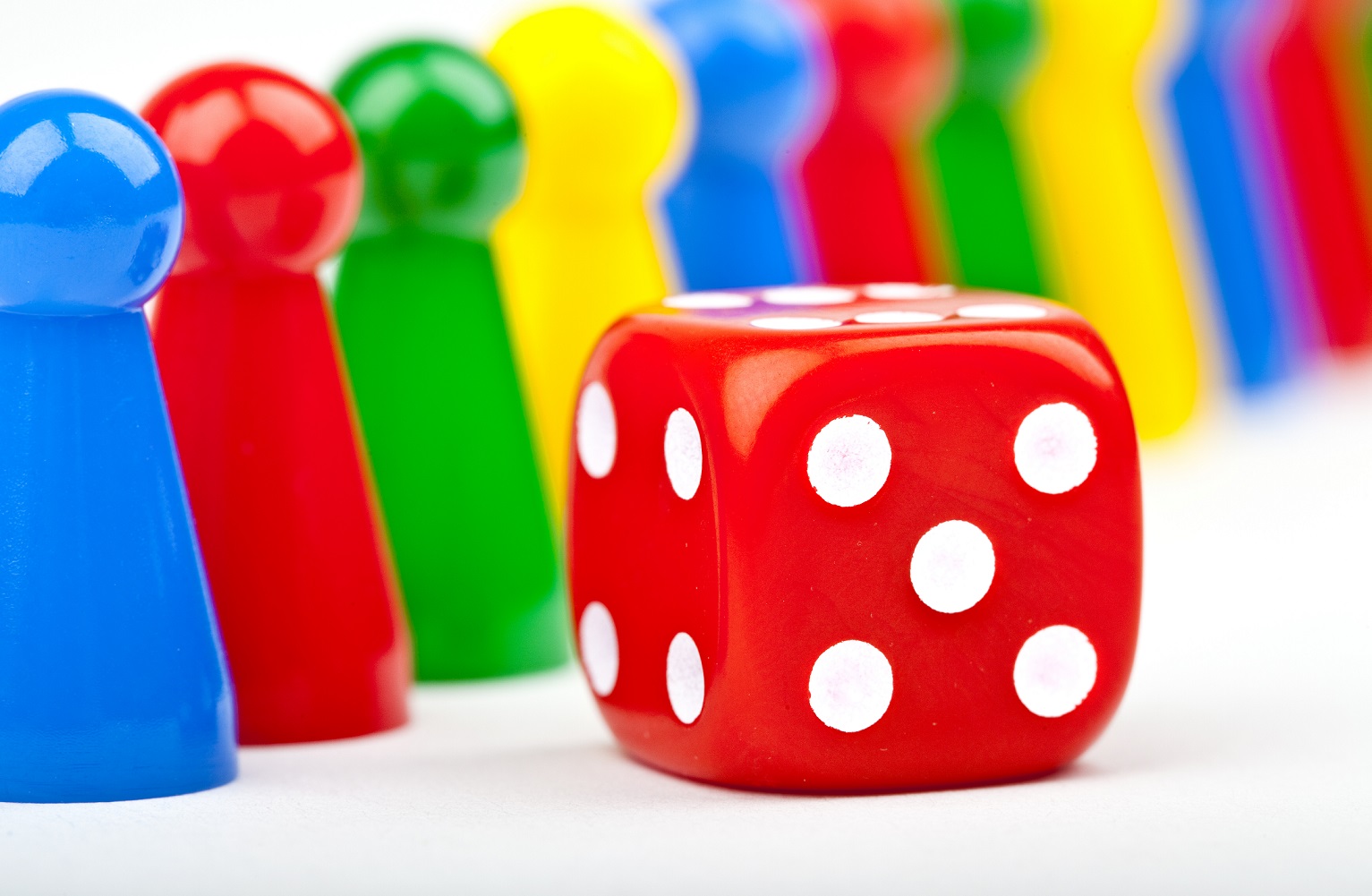 Kids love board games and card games—they’re an excellent way to keep students engaged as they learn academic content and sharpen their cognitive skills. They’re also an awesome tool for helping students practice social skills, without even feeling like they’re practicing. Here are some tips to keep in mind:
Kids love board games and card games—they’re an excellent way to keep students engaged as they learn academic content and sharpen their cognitive skills. They’re also an awesome tool for helping students practice social skills, without even feeling like they’re practicing. Here are some tips to keep in mind:
- To encourage cooperation and participation in the classroom community, make students responsible for setting up and cleaning up the games.
- Create game stations and have small groupings of children rotate through them. This will introduce students to new social situations and encourage them to step outside their comfort zone as they play new games and talk to peers they normally don’t socialize with.
- Be sure that all games are accessible to everyone so no student is left out. Buy or adapt games and game pieces that meet a range of physical, sensory, or cognitive needs: dice with raised markers and numerals printed on each side, checker pieces with pegs that fit easily into holes on the board, and magnetic boards that help pieces stay put.
- Have students fill out self-reflection sheets after playing the games. Ask questions like, “Was playing this game a good way to practice [social skill X]?” or “How could you modify the rules of the game to help you practice [social skill Y]?”
Authentic classroom jobs
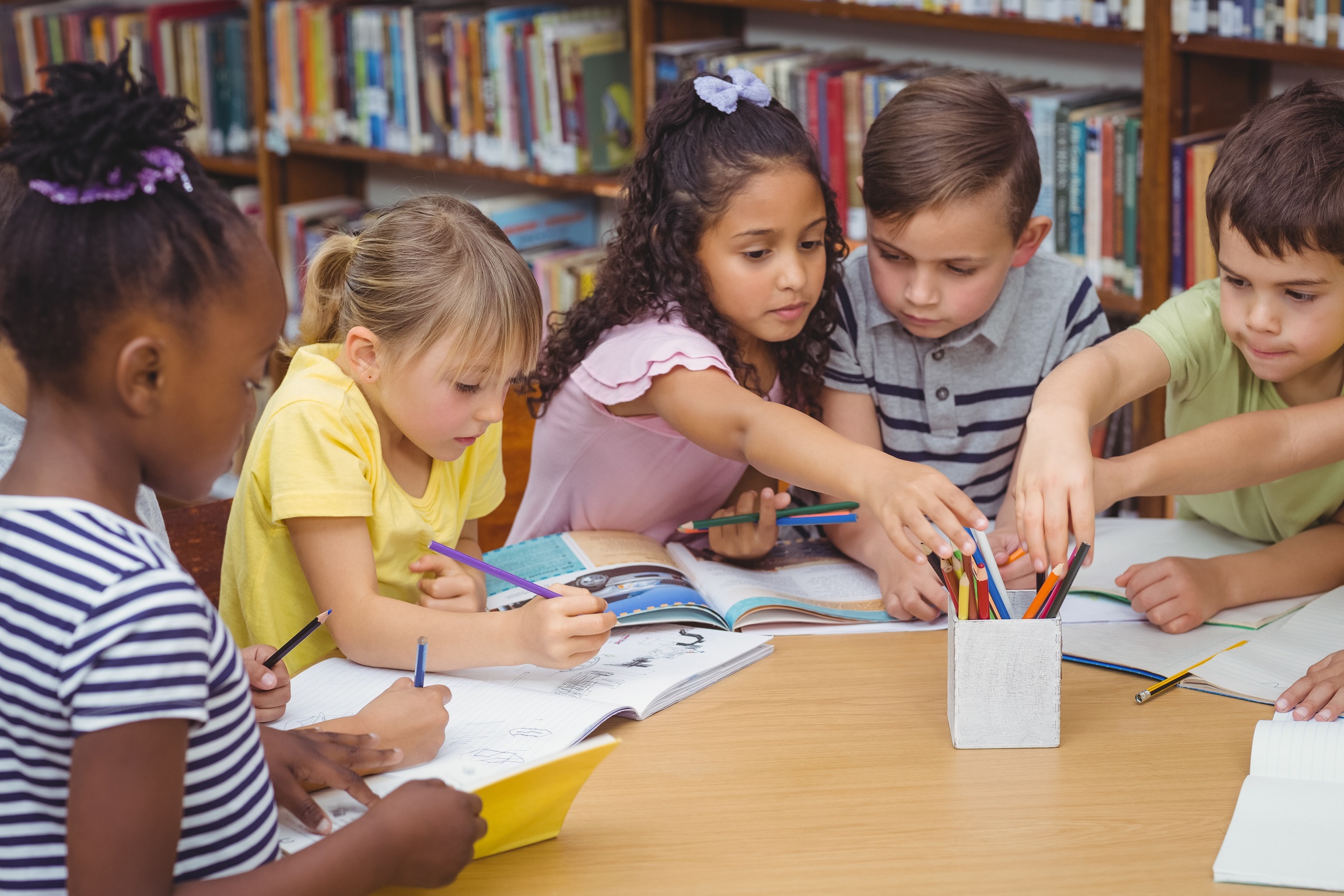 Many classrooms have a job chart of some kind. To keep all students engaged and maximize their social-skill learning, make sure the jobs on your chart aren’t just “busy work.” Here are a few ways to tweak your job offerings so students feel more connected to their classroom community:
Many classrooms have a job chart of some kind. To keep all students engaged and maximize their social-skill learning, make sure the jobs on your chart aren’t just “busy work.” Here are a few ways to tweak your job offerings so students feel more connected to their classroom community:
- Choose titles for jobs that reflect similar professional positions in the real world. This will demonstrate to students that their contributions are important and their efforts have a real impact on others.
- Include all students. Each person should do something to contribute to the classroom community. Let students have choices, as they will later in life: Some people explore various jobs throughout their career, while others maintain one job over time.
- Instead of rotating small jobs so every student has each job for a short time, offer more complex, longer-term classroom jobs that require several workers at a time. This creates a good opportunity for groups of students to practice social skills like cooperation, team problem solving, and conflict resolution.
Social skill autopsies

Some students are skilled at choosing appropriate behavior and learning quickly from their social missteps. Others have more trouble with the many nuances of social situations–so when an interaction goes bad, they might need help figuring out why. In instances like these, try sitting down with your student and conducting a “social skills autopsy” together.
There are five simple steps to a social skills autopsy:
- Ask the student what happened
- Identify the mistakes made
- Assist in determining alternatives
- Share a similar scenario as an example
- Give “social homework” so the student can practice in a real-life situation
Social skills autopsies are a powerful learning strategy. They help students take a lead role in analyzing where specific social responses went wrong–and how to improve their future interactions by choosing an alternative response.
Social Stories
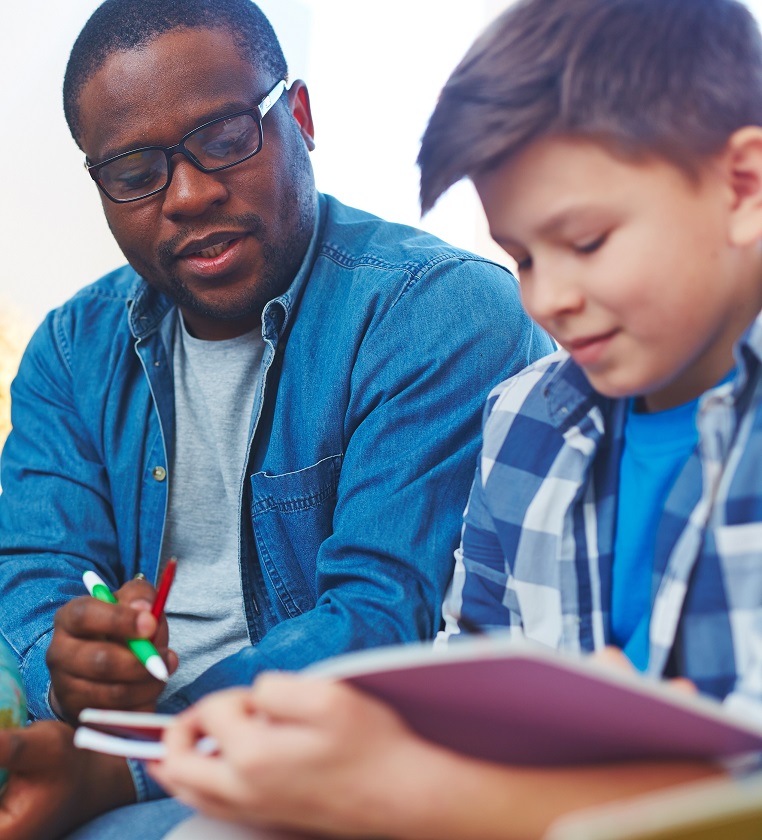 Social skills are among the toughest skills to master. Many students don’t just pick them up naturally, and often they aren’t explicitly taught. Support your students who need extra help through Social Stories: short narratives with accurate, meaningful information about a specific situation. Whether you buy them ready-made or create tailor-made stories yourself, Social Stories can help students understand potentially challenging events in their lives and choose appropriate behaviors and responses. They’re equally effective when used for support during temporary events (such as a substitute teacher or a one-off change in the daily schedule) or more complex, long-term situations (such as dealing with divorce or a new sibling).
Social skills are among the toughest skills to master. Many students don’t just pick them up naturally, and often they aren’t explicitly taught. Support your students who need extra help through Social Stories: short narratives with accurate, meaningful information about a specific situation. Whether you buy them ready-made or create tailor-made stories yourself, Social Stories can help students understand potentially challenging events in their lives and choose appropriate behaviors and responses. They’re equally effective when used for support during temporary events (such as a substitute teacher or a one-off change in the daily schedule) or more complex, long-term situations (such as dealing with divorce or a new sibling).
You might think of Social Stories as a helpmate mainly for students with disabilities—but really, every learner in your classroom should have access to them. Social Stories about events that affect the whole class, such as a fire drill, can help all your students understand and become more comfortable with unpredictable situations. And that can lead to better behavior for everyone!
Response scales
Sometimes appropriate social responses differ according to specific situations, which can create confusion for students who don’t pick up social cues naturally. Try providing a concrete visual scale of options to teach more complex social skills. For example, to help students choose an appropriate voice volume, you might create a numbered scale like this:
You can create a scale for any type of social situation your student finds challenging. The gradients on the scale can be represented with numbers, photos, letters, or symbols–have the student choose what will work best. Once they’re familiar with the scale, you can prompt students with just the number or letter for effective “social skills shorthand.”
Mix-Freeze-Pair
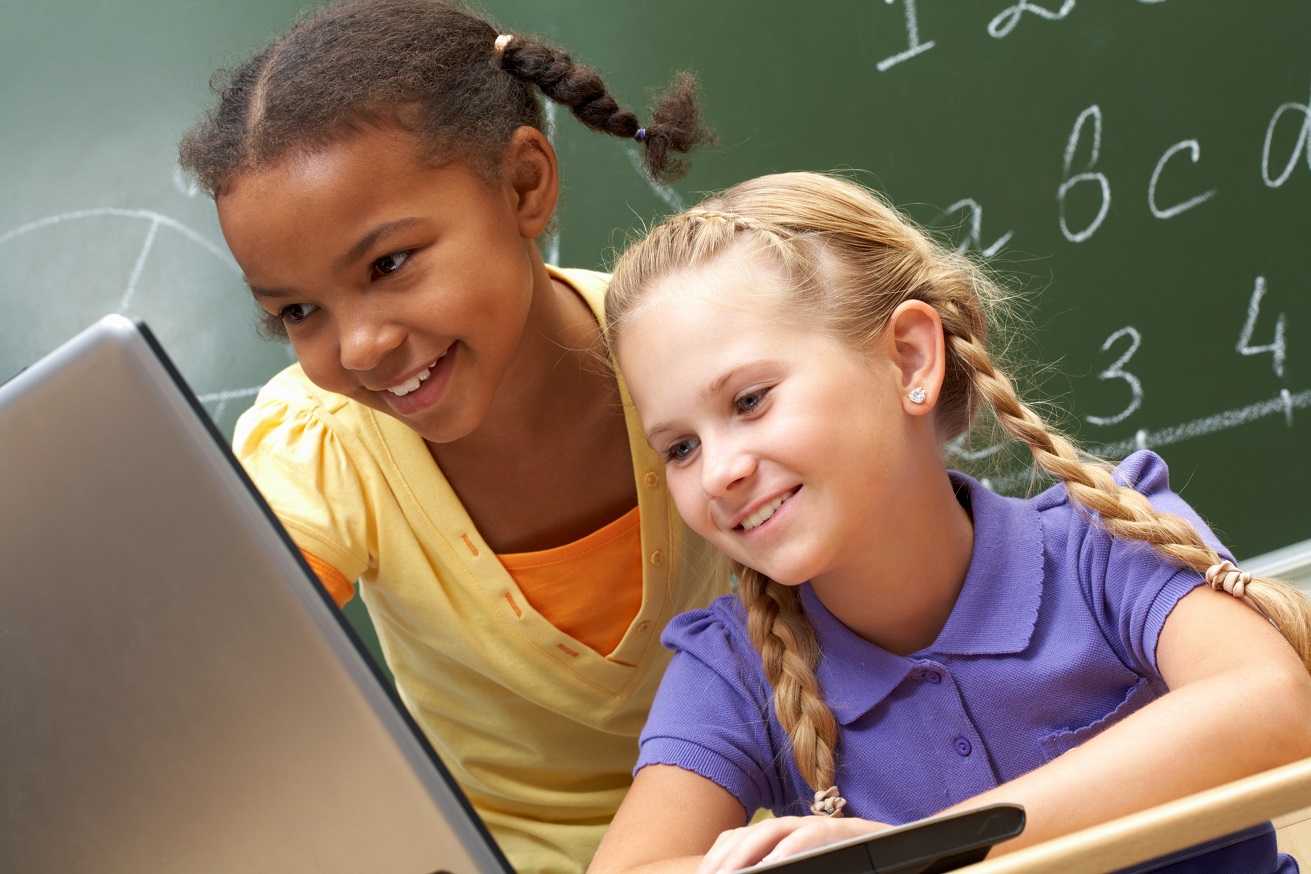 During class discussion, some students may be reluctant to contribute in front of a large group of peers. Try pairing kids together so that reticent students can communicate their ideas to just one person first. Often, having a chance to voice and refine ideas with a partner will give students the extra shot of confidence they need to share with the whole class.
During class discussion, some students may be reluctant to contribute in front of a large group of peers. Try pairing kids together so that reticent students can communicate their ideas to just one person first. Often, having a chance to voice and refine ideas with a partner will give students the extra shot of confidence they need to share with the whole class.
Mix-Freeze-Pair is a great strategy for paired discussion. Here are the steps (as described by author Laura Candler*):
- When the teacher announces “Mix!,” students move around the classroom.
- When the teacher calls “Freeze!,” the students stop where they are.
- When the teacher calls “Pair!,” the students find the nearest partner. (Make sure students don’t gravitate toward the same partner every time.)
- The teacher announces the topic or task for each pair to discuss or complete.
This quick and easy activity is a good social-skills booster, since it gives students opportunities to interact with many different classmates over time. (Plus it’s a fun way to improve students’ engagement in the lesson, which can give their academic learning a lift.)
***
Social skills might be tricky to master, but like anything else, they can be taught. Be on the lookout for teachable moments and provide extra social supports whenever they’re needed. As Whitney Rapp says, “All students should be expected to have appropriate social skills. If they have difficulty mastering them, the expectations should not be lowered; rather, the level of support should be raised.” Teach and support skills in multiple ways and with multiple media, and students with and without disabilities will find it easier to navigate new and challenging social situations.
* Candler, L. (2000). Science Buddies: Cooperative Science Activities. San Clemente, CA: Kagan Cooperative Learning
FREE DOWNLOAD
Get your free sample pack from Whitney Rapp’s Universal Design for Learning in Action! (Includes the six strategies in this post plus six more bright ideas.)
GET THE BOOK
Check out Universal Design for Learning in Action for 100 practical, student-friendly ways to move UDL from theory to practice.
MORE UDL POSTS

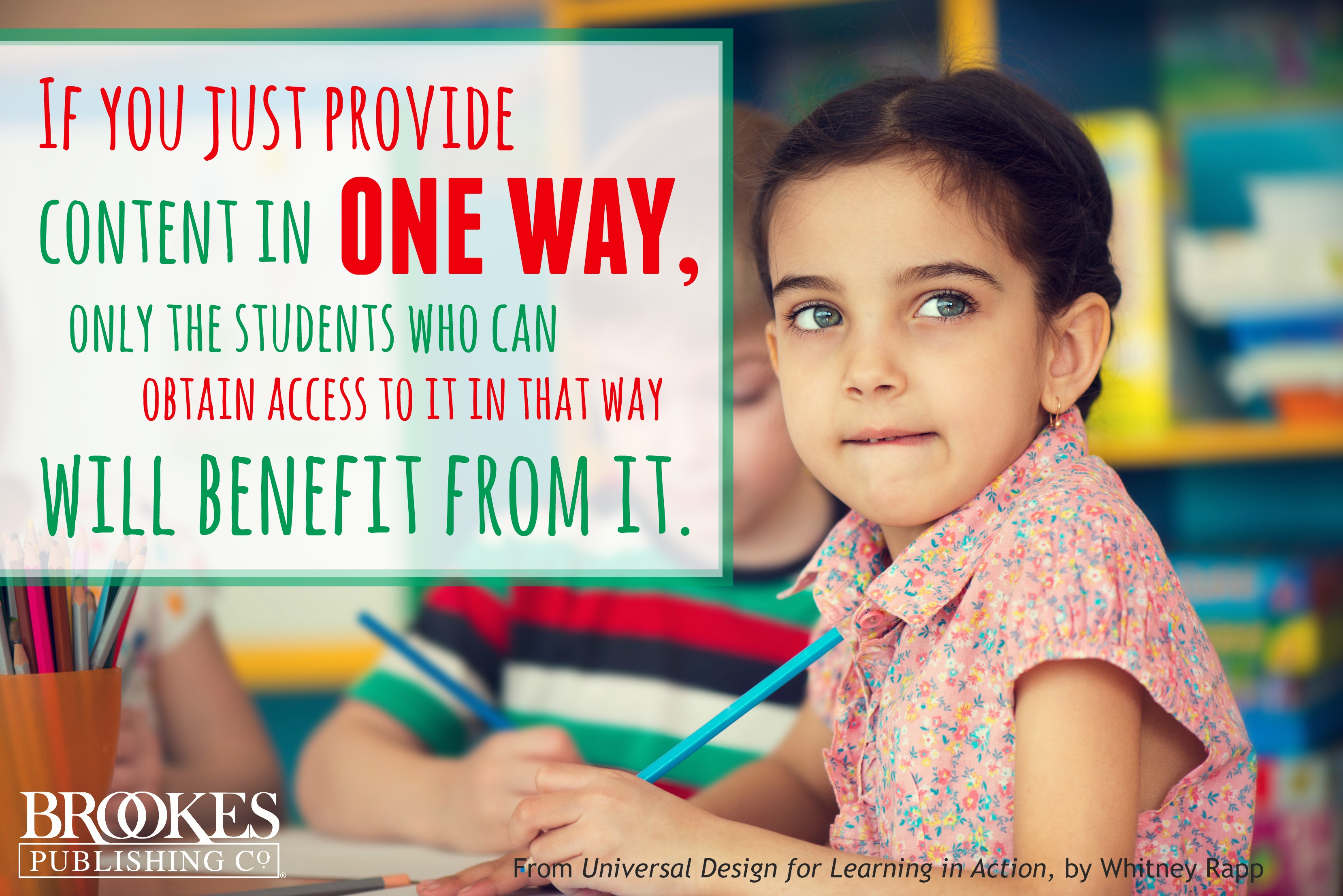
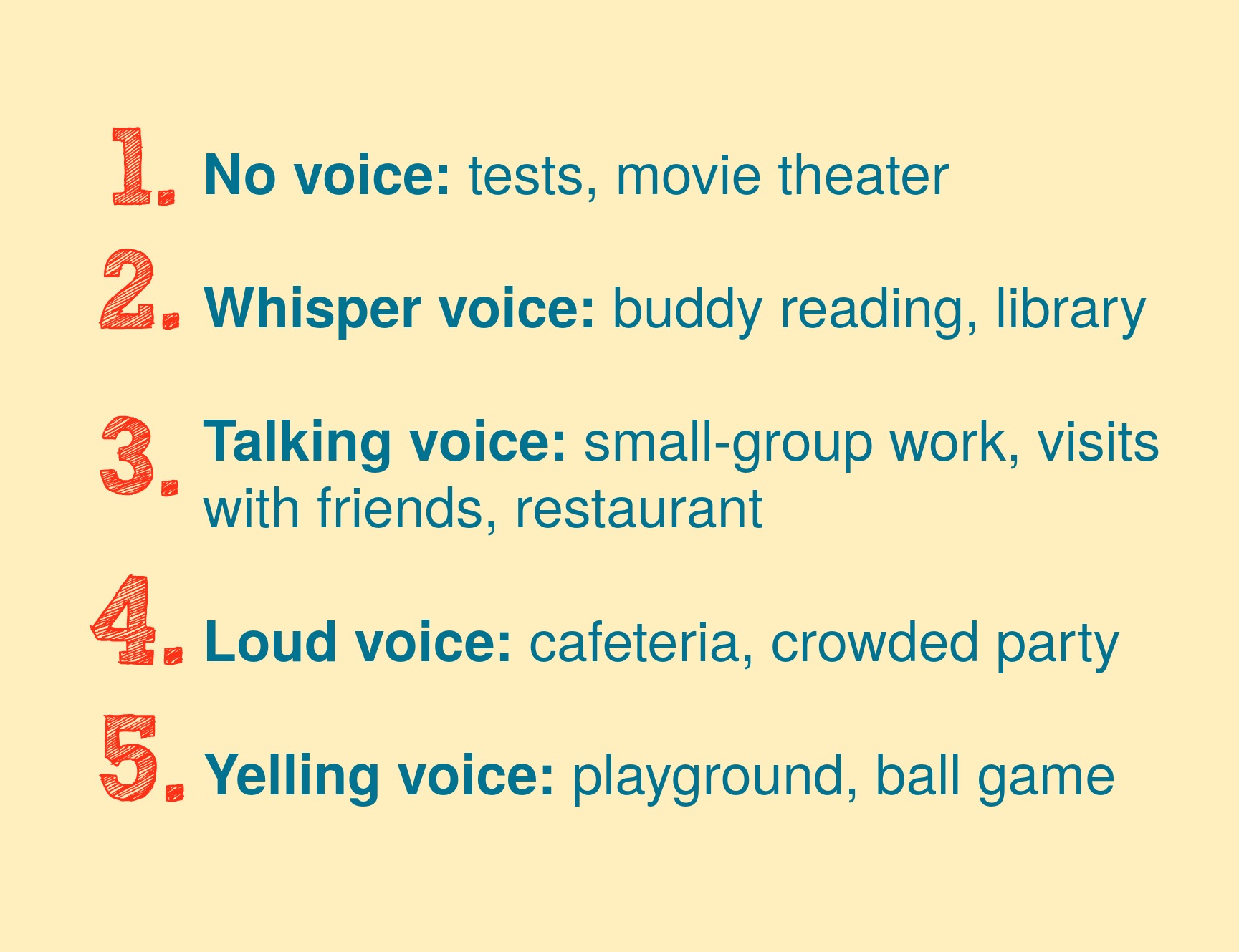
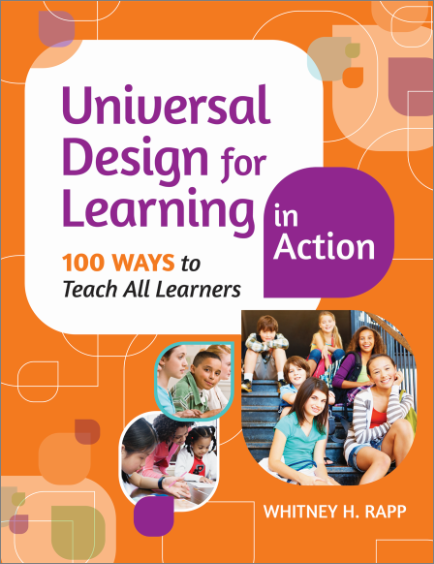



Write a Comment
Your email address will not be published. Required fields are marked *
comments
i love to teach says
very positive and informative article. it will help students to learn social activities during their school life. keep doing work like 9 Social skills Activities Your Students Shouldn't Miss in future.
Post a Comment